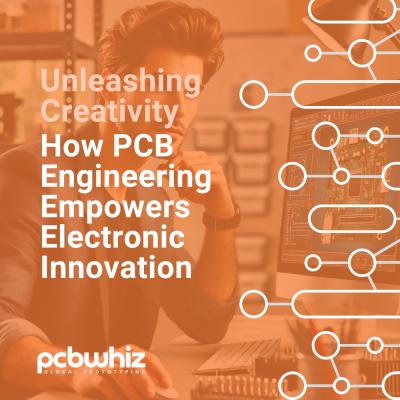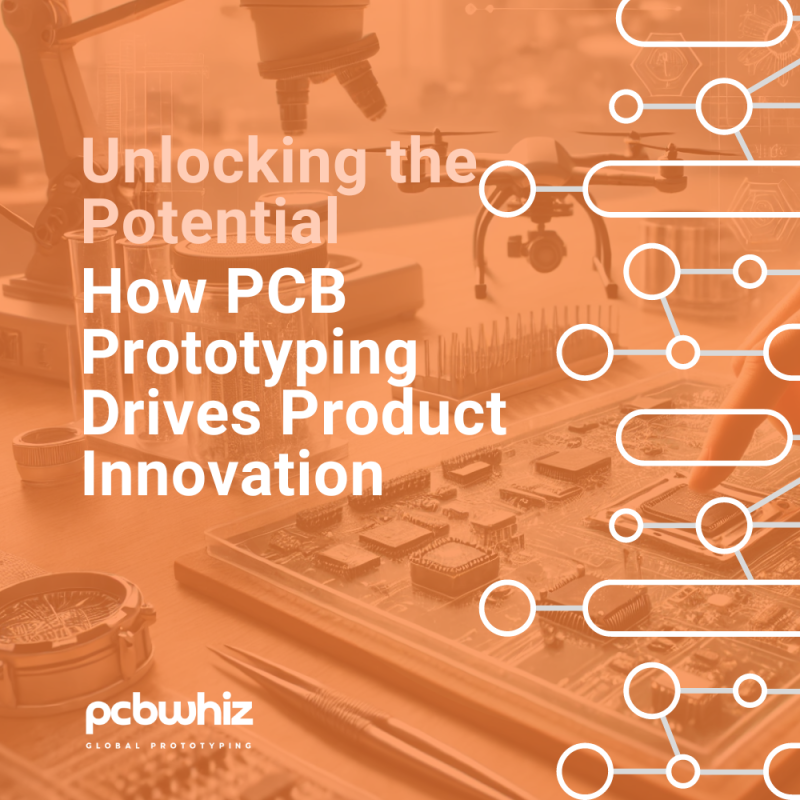Unleashing Creativity: How PCB Engineering Empowers Electronic Innovation
Martin Huang
Posted on July 22, 2024
Creativity drives innovation, and in the world of electronics, Printed Circuit Board (PCB) engineering is the key that unlocks this potential. PCBs are the unsung heroes behind our gadgets, forming the bedrock for component integration and making the functionalities we depend on daily possible. Let's dive into how PCB engineering empowers innovation by equipping designers and engineers with the tools to transform their creative visions into reality.

Design Freedom and Flexibility
PCB engineering brings creativity to life by offering unparalleled design freedom and flexibility. Thanks to advancements in PCB manufacturing, designers are no longer shackled by the constraints of traditional designs. Modern PCB engineers can experiment with unique form factors, complex layouts, and innovative designs that were once thought impossible. This freedom allows companies to create standout electronic devices that capture consumer interest.
Beyond design freedom, PCB engineering also offers flexibility in component placement and integration. Engineers can optimize the layout for efficient signal flow, thermal management, and manufacturability. This means they can tackle complex design challenges and integrate advanced functionalities into smaller, more compact devices.
Miniaturization and Wearable Technology
PCB engineering has been pivotal in shrinking electronic devices and driving the wearable technology revolution. As consumers demand smaller, lighter, and more portable gadgets, PCB engineers rise to the challenge, designing boards that meet these criteria. Through techniques like high-density interconnects (HDIs), PCBs can be made with smaller footprints, reduced thickness, and higher component density.
This miniaturization is crucial for wearable tech, where PCBs must be compact, lightweight, and flexible to fit seamlessly into clothing, accessories, or even the human body. PCB engineers are at the forefront of creating innovative solutions for wearables that track health, monitor fitness, and offer personalized experiences. Their designs are not just functional but also comfortable, durable, and aesthetically pleasing, driving the wearable tech market forward.
Integrating Advanced Technologies
PCB engineering is the linchpin in integrating advanced technologies into electronic devices. Whether it's the Internet of Things (IoT) or Artificial Intelligence (AI), PCB engineers design and manufacture boards that ensure these technologies work seamlessly. They consider the electrical, thermal, and mechanical needs of each component to guarantee the system's proper functioning and reliability.
Take IoT devices, for example. PCBs connect sensors, microcontrollers, and wireless modules, optimized for minimal power consumption and reliable data transmission. In AI systems, PCBs support the processing power, memory, and connectivity that AI chips and algorithms require. Engineers ensure these boards handle high-speed signaling, power distribution, and thermal management, making AI-enabled devices efficient and effective.
Rapid Prototyping and Iterative Design
PCB engineering fuels creativity through rapid prototyping and iterative design. Prototyping transforms creative ideas into tangible products that can be tested and refined. PCB engineers collaborate with design teams to quickly fabricate prototypes that accurately represent the final product. This rapid process allows for faster iterations and feedback, speeding up the journey from concept to market.
Iterative design, supported by PCB engineering, means continuous improvement. Designers can analyze performance, optimize, and implement changes in subsequent iterations, ensuring the final product meets all specifications and user expectations.
Collaboration and Cross-Disciplinary Innovation
PCB engineering is a catalyst for collaboration and cross-disciplinary innovation. Developing electronic products involves diverse stakeholders—electrical engineers, mechanical engineers, industrial designers, and software developers. PCB engineers bridge these disciplines, ensuring smooth communication and collaboration.
They integrate requirements from all sides, considering mechanical constraints, thermal management, aesthetics, and software interfaces. This collaboration results in well-integrated products that push the boundaries of creativity and functionality.
Final Thoughts
PCB engineering is central to unleashing creativity and driving electronic innovation. With its design freedom, flexibility, and capacity to integrate advanced technologies, it empowers designers and engineers to bring their creative ideas to life. The miniaturization of devices and the rise of wearable tech are testament to the expertise of PCB engineers. Rapid prototyping and iterative design enable faster development cycles, while collaboration fosters groundbreaking products.
As the pace of electronic innovation accelerates, PCB engineering will continue to lead, driving creativity and pushing the limits of what's possible. Embracing PCB engineering and leveraging skilled professionals unlocks a company's creative potential, helping them stay ahead in a rapidly evolving landscape.
Stay tuned for more insights on PCB engineering, emerging technologies, and the endless possibilities they bring to electronic innovation.
Keep Reading...

A Beginner’s Guide to Understanding PCB Assembly Processes
Die Leiterplattenbestückung (Printed Circuit Board Assembly, PCBA) ist eine entscheidende

Unlocking the Potential: How PCB Prototyping Drives Product Innovation
Innovation ist der Herzschlag jeder Branche, treibt den Fortschritt voran,

Designing for Reliability - Ensuring PCB Performance in Harsh Environments
In der schnelllebigen und technologisch fortschrittlichen Welt von heute sind



